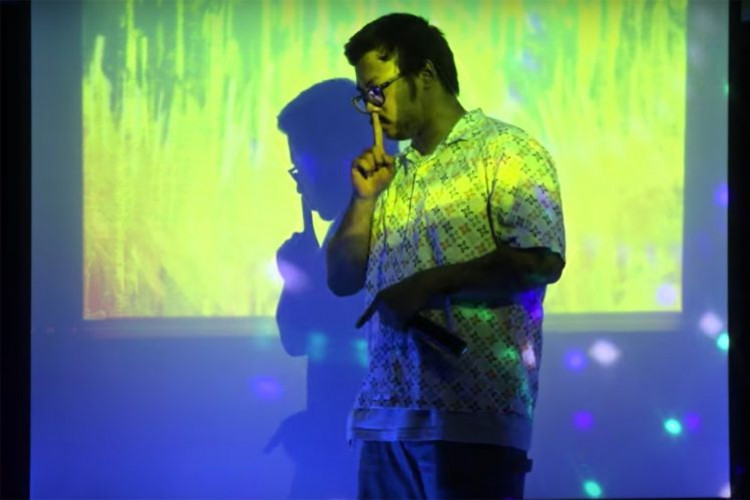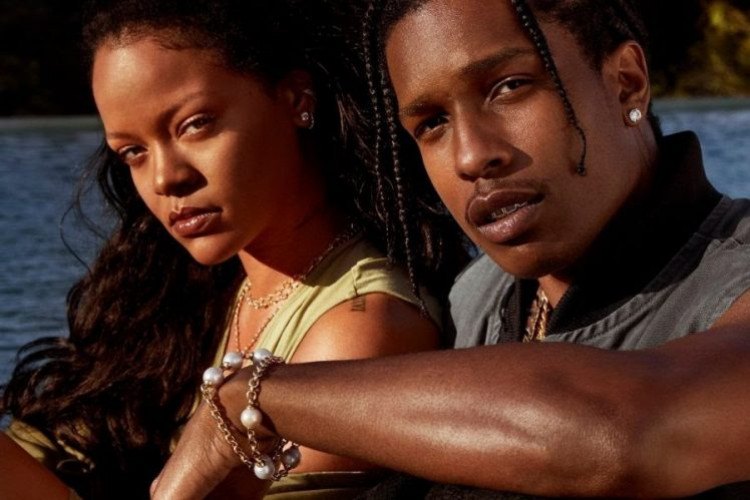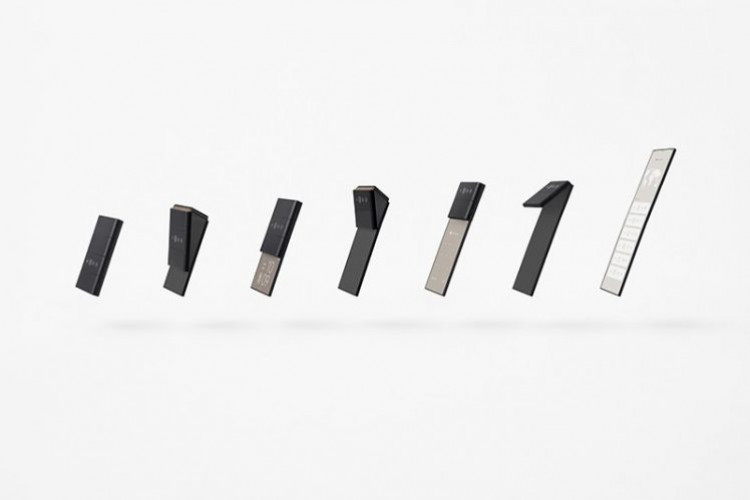Cultural Heritage with Jay Subiyakto
Whiteboard Journal (W) talks to Jay Subiyakto (J)
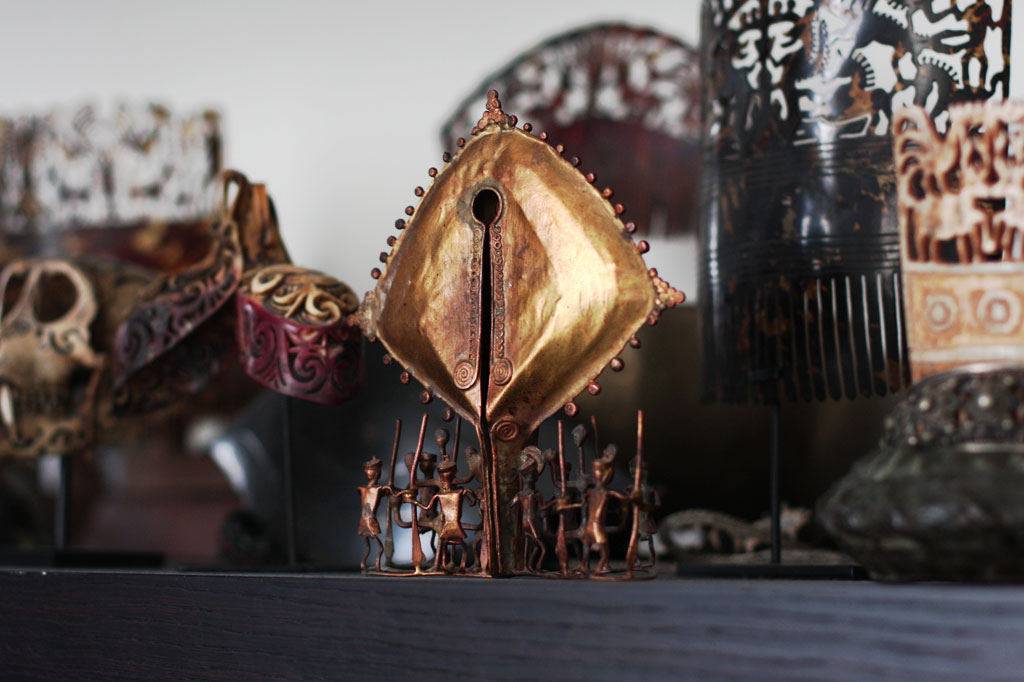
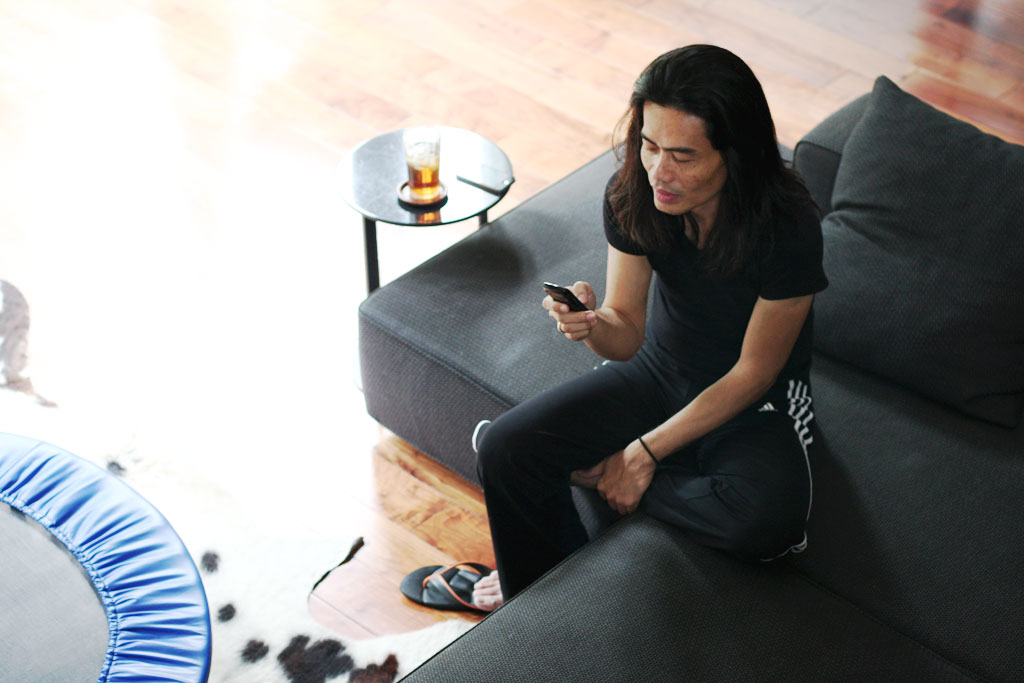

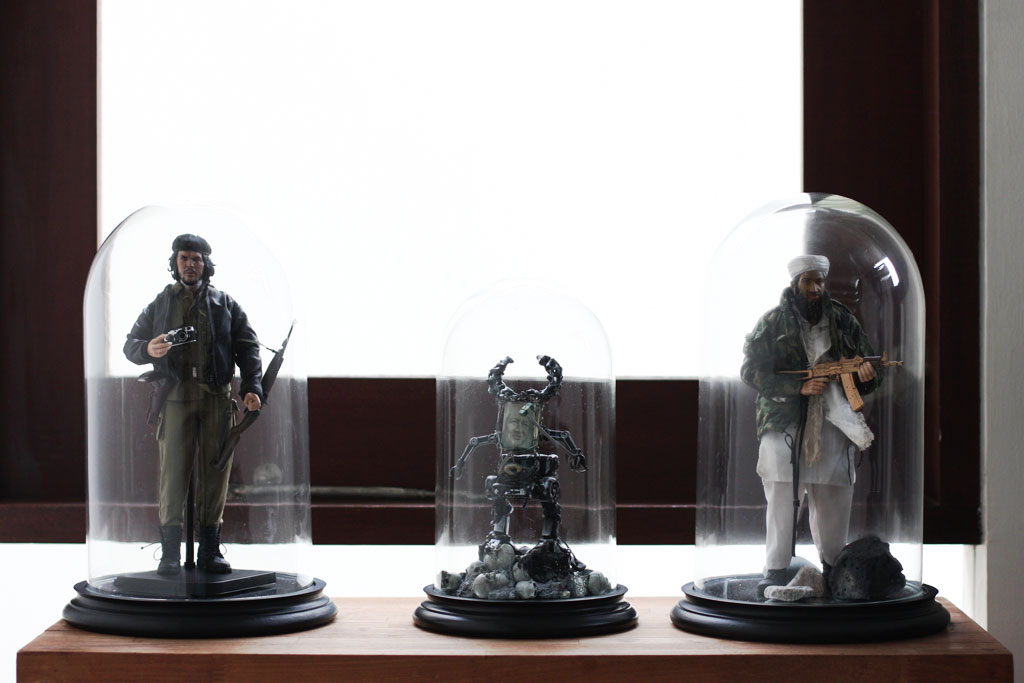
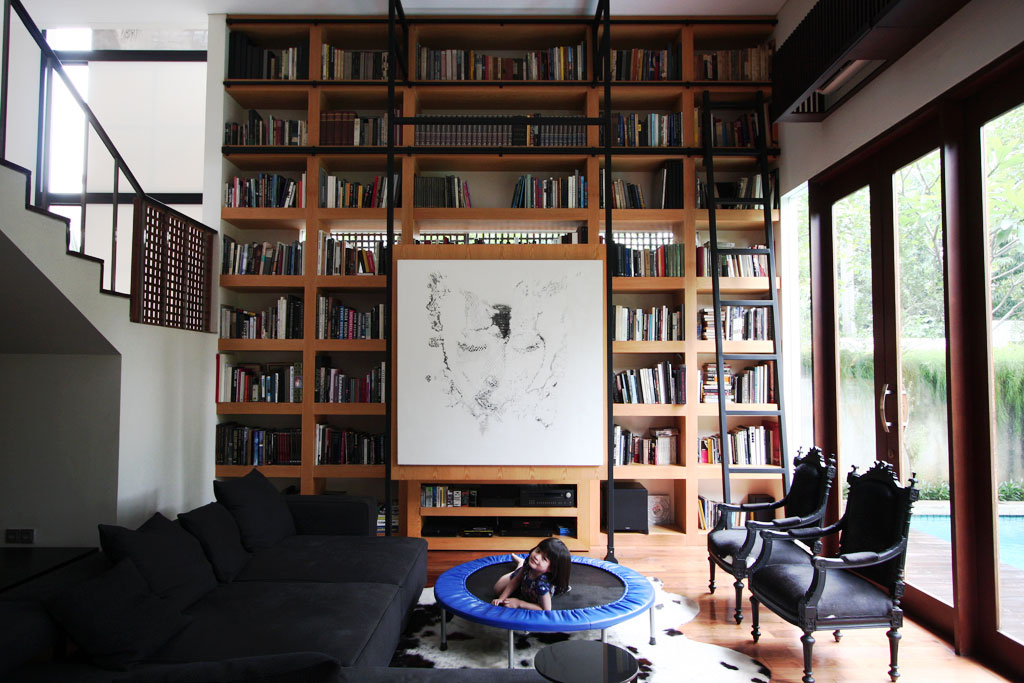
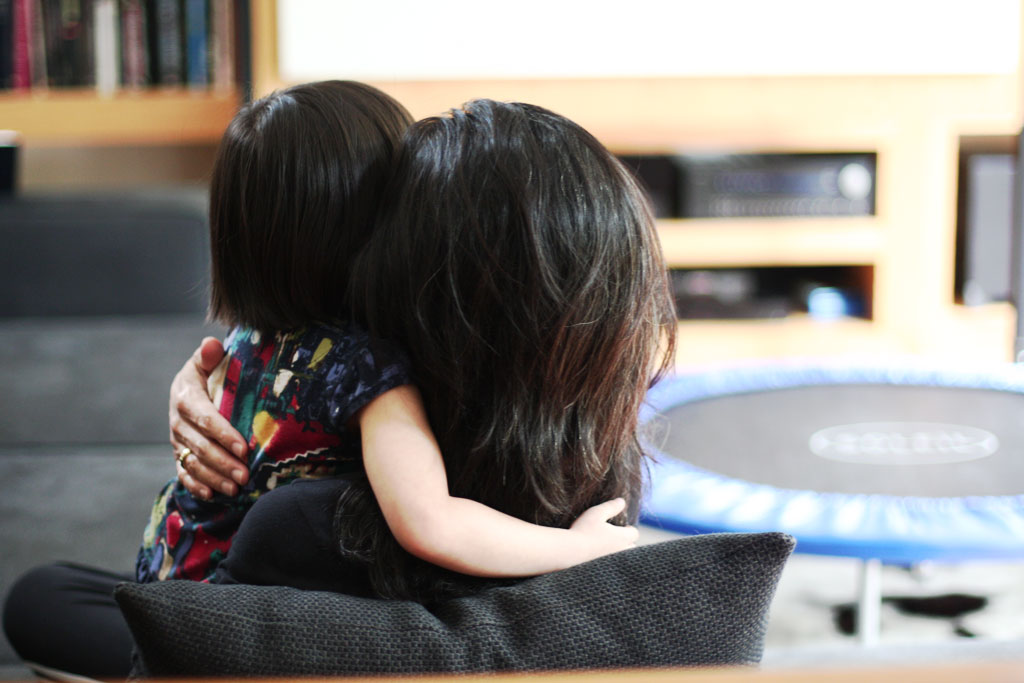
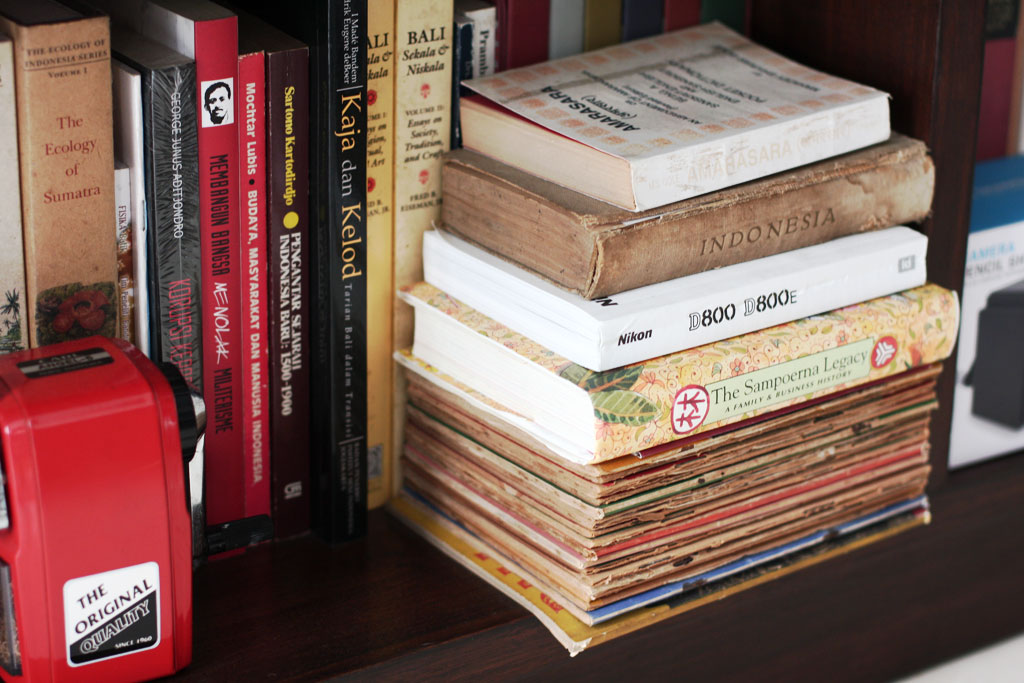
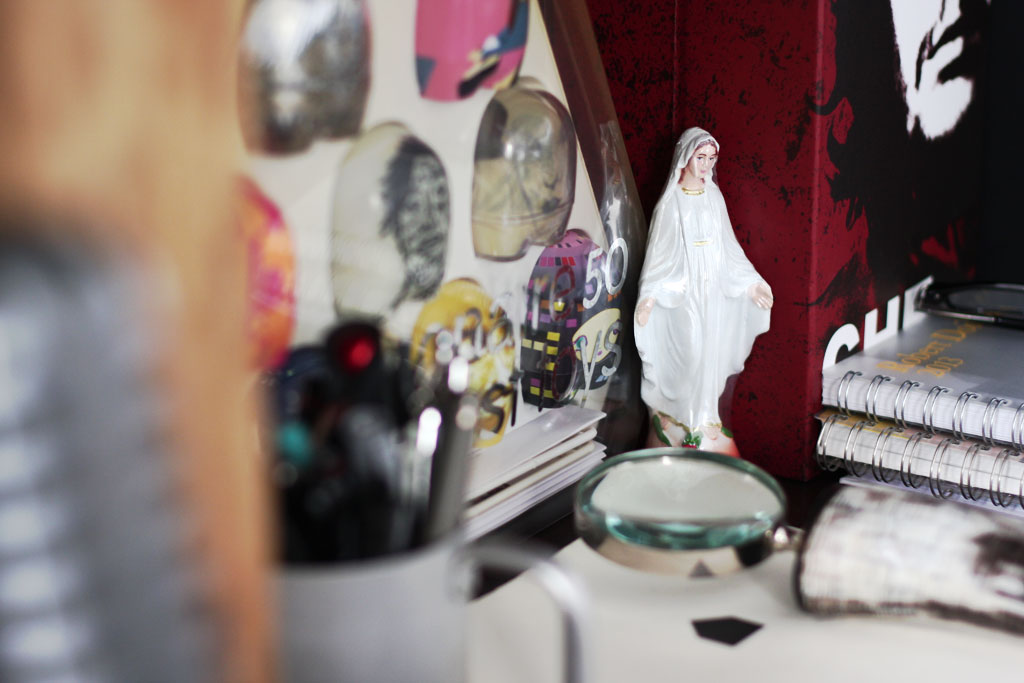
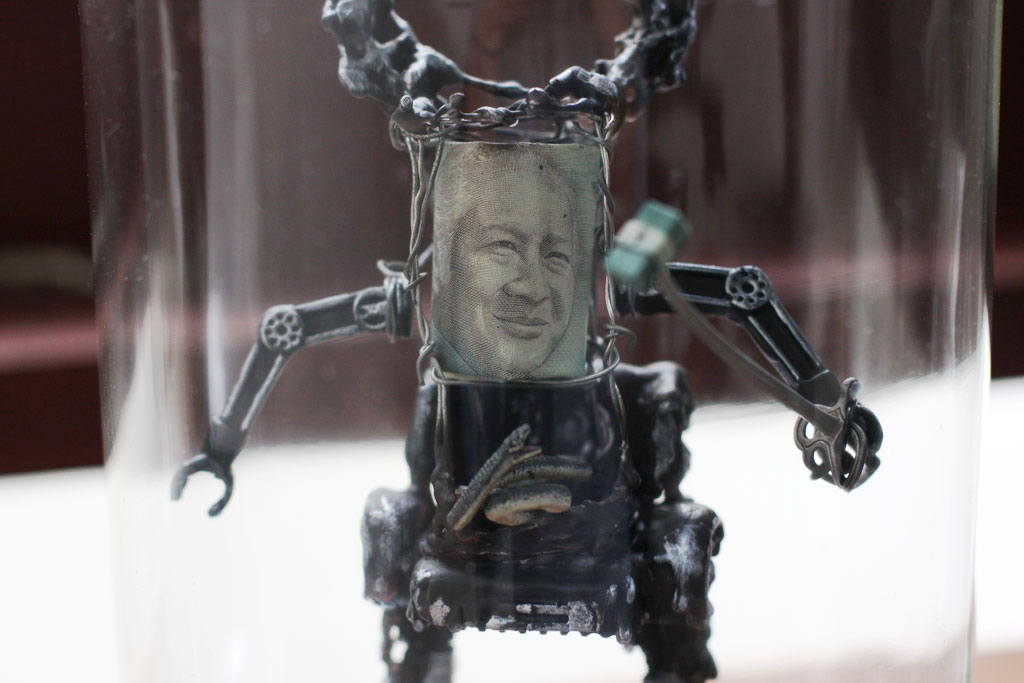
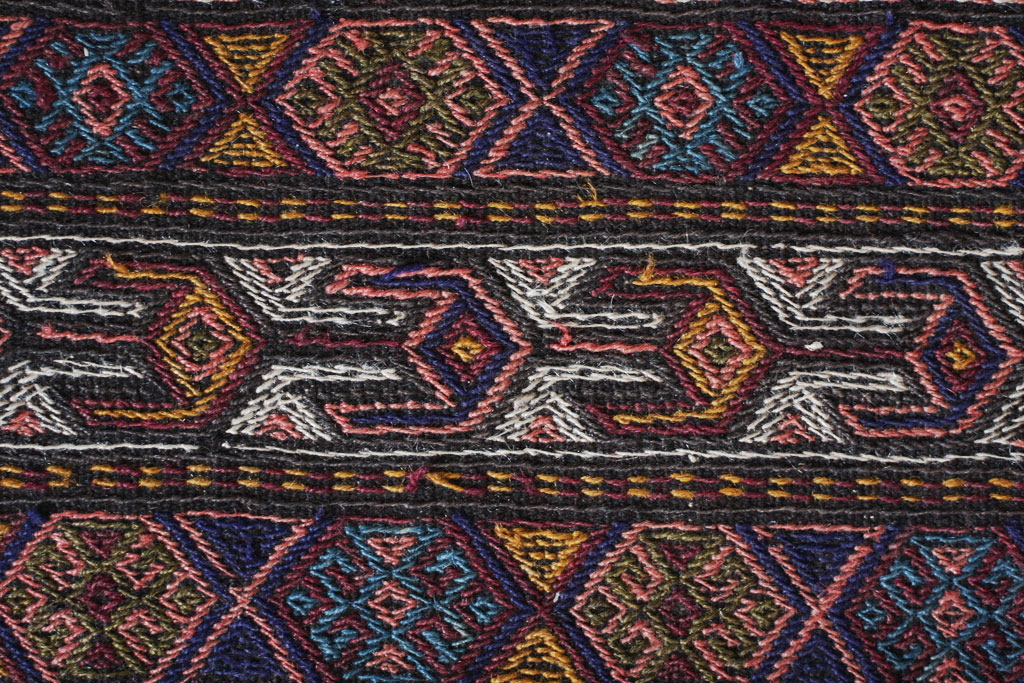
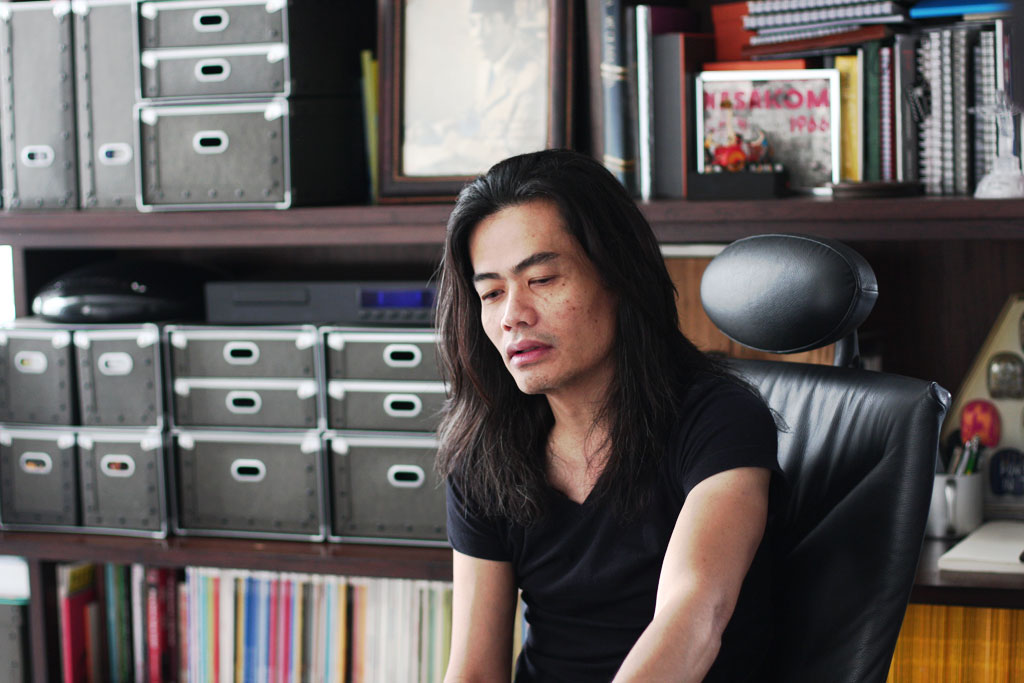
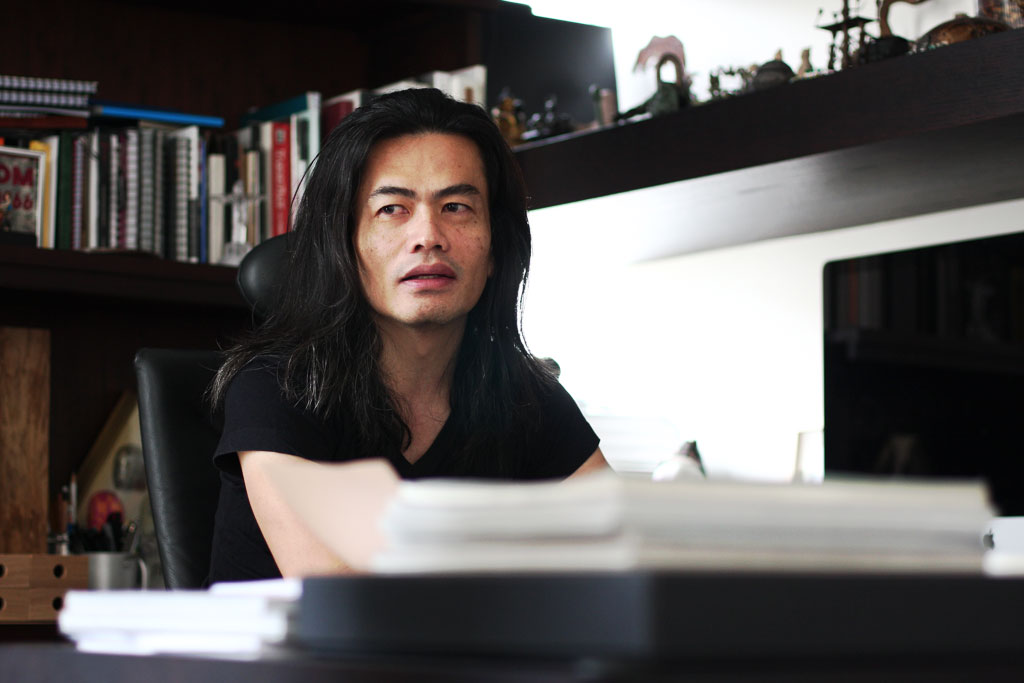
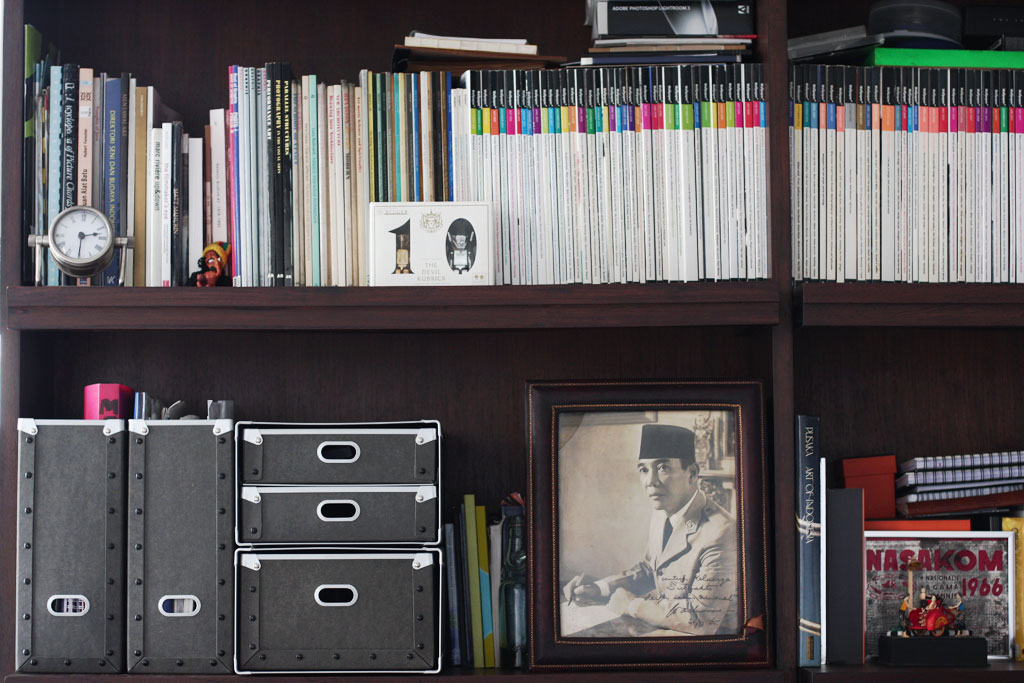
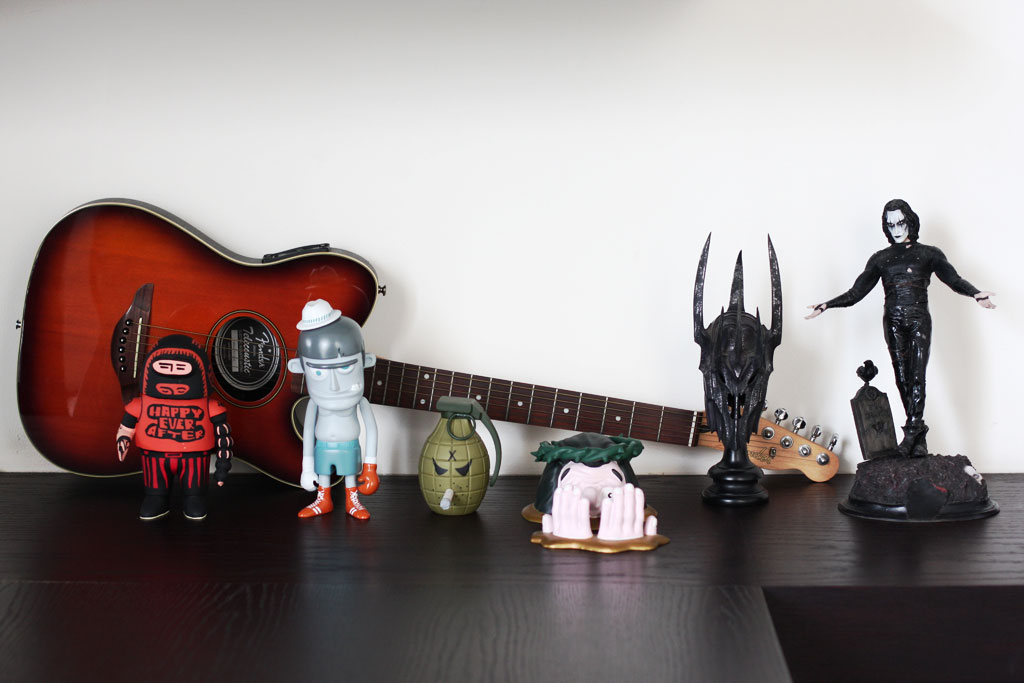
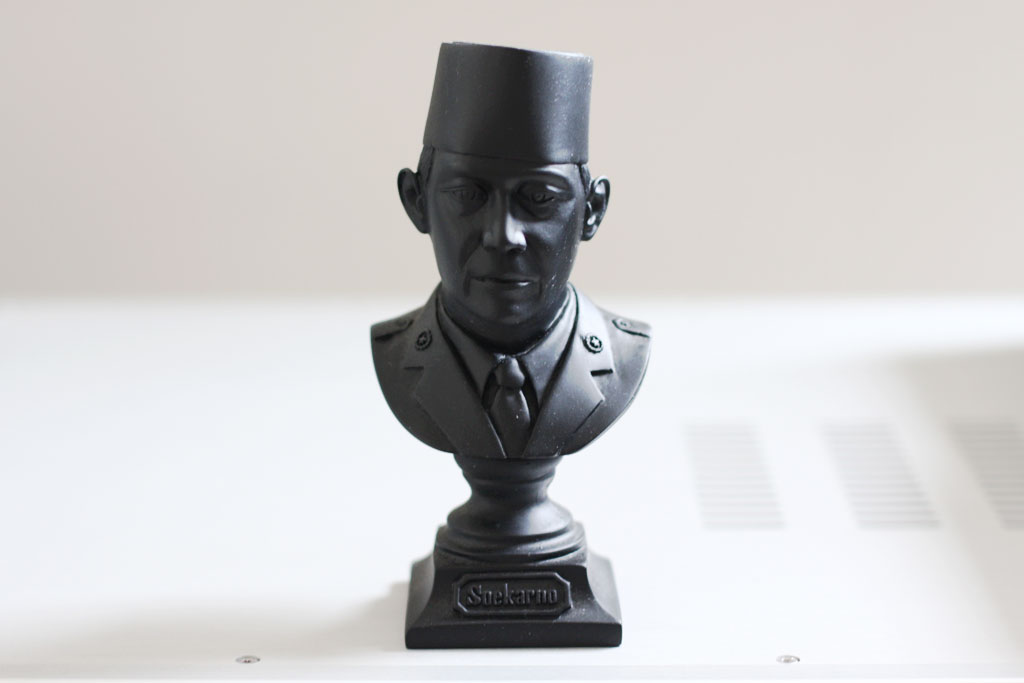


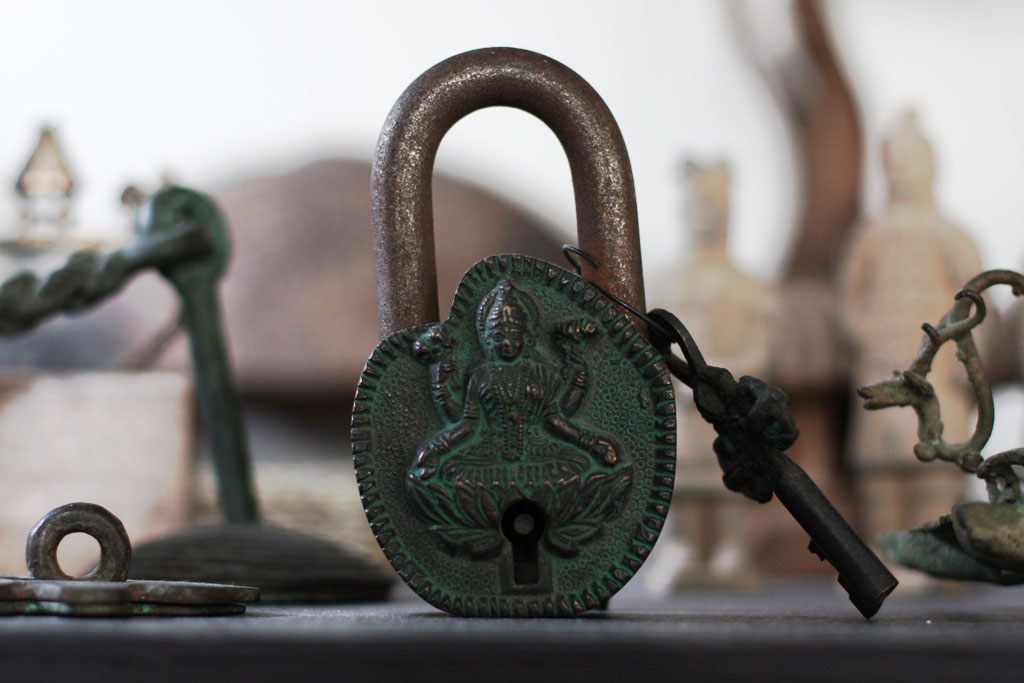
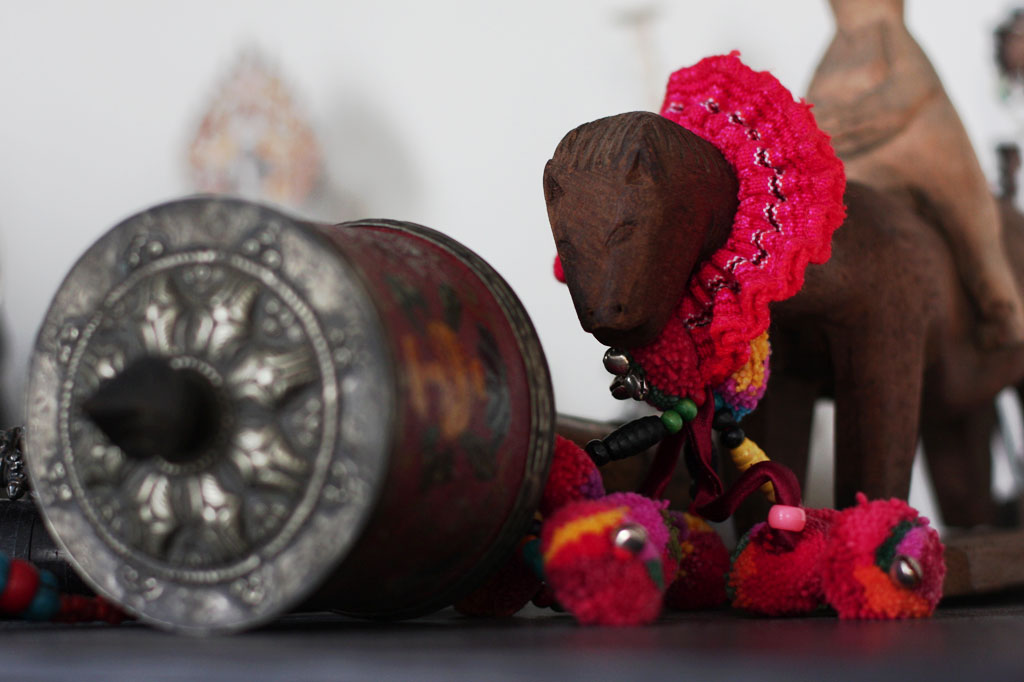
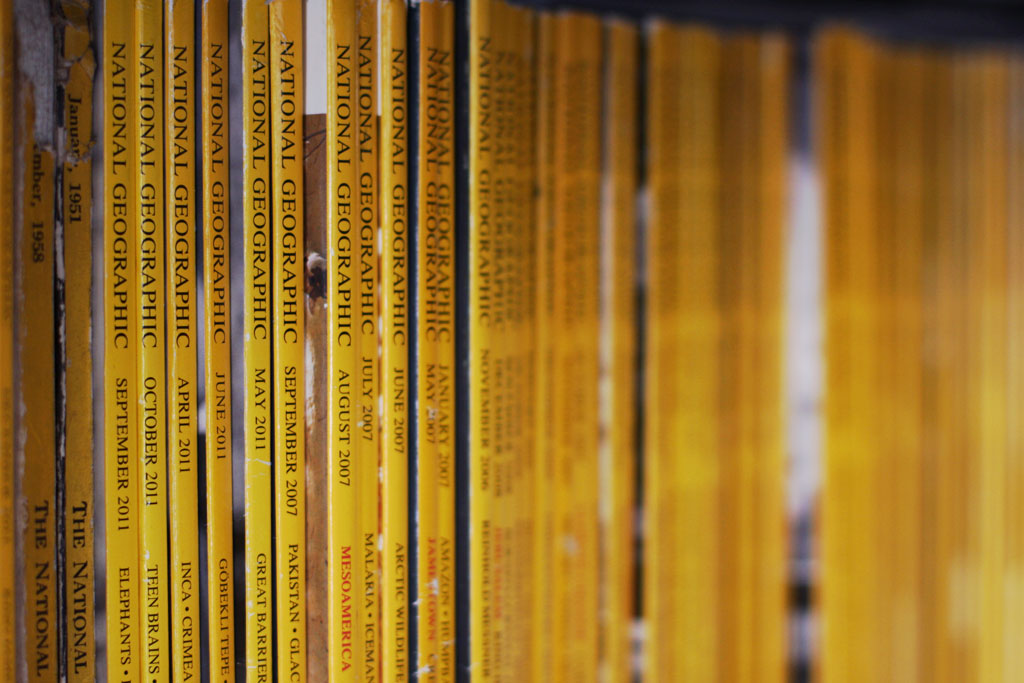
W
What triggered your interest in art?
J
I was exposed to art from a very young age. I was born in Ankara, Turkey. My dad was the Ambassador at Yugoslavia at the time. Maybe he was scared I would grow up without knowing anything about Indonesia. We would hardly go back home to Indonesia during my father’s post. So I was often told stories about Indonesia and at home we were told and taught to speak only Indonesian.
My interest in art developed when I lived abroad. I was often taken to see museums and theatre performances, even though as a child I often wished my parents took me to Disneyland instead. (laughs)
W
What was your personal motivation to pursue arts?
J
When I graduated, I was disappointed that foreign architects received better appreciation. The greatest buildings in Jakarta were even constructed by foreigners. Most people at the time assumed architects were mere illustrators taking in people’s instructions. Architects were often just told to mimic other designs and existing buildings. As an architect, we are actually taught about the psychology behind person building the house, we had to conduct an interview to understand what homes they actually wanted. Through architecture we were taught how the wrong space usage can inflict stress to people. That applies to urban planning as well. It can have a great affect on people’s psychology.
When I started working at a local TV station, I learned about many aspects of broadcasting, how to use film cameras, or how to direct and edit. I actually get bored easily with what I do. But because of my varying interest, I can do other things aside from my day job. I started doing freelance photography work for a magazine called mode. In 1996, because I worked for a local TV station, I met with Erwin Gutawa and we came up with an idea to make a concert focusing specifically on local talents. We did this because in 1994, we noticed there were hardly any Indonesian talents that had their own solo performances. Plennery hall back then were only used to welcome international talents.
W
So everything gradually fell into place?
J
Yea, I never set out to plan to do this and that. Everything just came to me naturally. I become an artistic producer or a scanographer without previously learning it.
W
Why do you think people were interested to work with you?
J
In 1994, I made a video clip for Chrisye, and continued to make concerts for a number of Indonesian artists — Chrisye, Anggun, Kris Dayanti — that reached up to 20 concerts and eventually landed a job to become an artistic director for Matah Ati or Laskar Pelangi.
When I have an idea I simply present it to a number of artists and see if they are interested. My team and I had to guarantee they had trust in us. Because I wanted the concept to be made by us.
W
How do you built that trust, when no one knows your work at all?
J
That always is difficult. Even though I feel I already have an extensive portfolio, there are people who always someone doubting your work. They should understand giving complete trust to do a project is everything.
Nowadays, there are people who have money and can sing thinking they can pay me easily to make a video clip for them. I wouldn’t take those kind of jobs. I still need to maintain a certain idealism about the work I do. It has to be something I enjoy doing and is useful for the people around us. There is a certain quality needed to be maintained in the work I give out.
W
What would be the references of your work?
J
I was lucky since little whenever I asked for toys, my parents would never buy me any. But if I asked for books they would immediately get them for me. My house was filled with numerous books about Indonesia. That always become my reference and source of inspiration.
For every work I do, be it the concert or music video, I would come in to meet clients to show them the references of my work. If my reference were mostly western references, people can easily identify with it. If it were about Indonesian, surprisingly a lot of people here (in Jakarta) don’t understand about the Indonesian culture. This is a bit sad but it made it easier for me to push for my ideas. I never come to a meeting and claim to people I have a distinct style. My knowledge is just based on matters that are around me in Indonesia.
As an Indonesian I don’t think we would be able to complete on a global scale if we only follow the international trends available. This is what I want the younger generations to understand that ideas in Indonesia are abundant but to attract the youngsters you need to stay relevant with what’s current without spoiling its basic rule of thumb. One of the closest examples is a Wayang puppet, some people don’t know how sacred the crown of Hanoman is and end up throwing it away. So I have to be careful in inserting relevant elements without ruining traditional foundation.
I applied it to the conceptual stages of Matah Ati. I would make the stages minimalistic but have it slightly slanted. The function has to serve something. Atilah (Soeryadjaya) choreographed the dance for 100 dancers and if the stage was flat it would be impossible to view the configuration. So we made the stage slanted although surely it made it harder for the dancers. But I always say, no good performance is made with ease. There has to be effort and a series of experimentation.
This applies to when we were making Laskar Pelangi. We wanted to make a musical that is from and about Indonesia. It was taken from the concept called Langendriyan, a form of art in Java that combines dance, singing, and drama. People assume since it is a musical, the reference is broadway. I enjoy watching broadway. But I promised myself I won’t plagiarize other people’s art form. I would also try my best to approach my work in a different manner.
My references are always from Indonesian culture but I also keep myself updated with the new.
W
You are known for your work that promotes Indonesia and its women, can you tell us about the choice of theme?
J
With the Citra ad I did, I was really tired of watching ads of women touching their skin and having their skin tone gradually change from dark to fair. I wanted to showcase the strength of Indonesian women. Indonesian women are known for their crafts. Be it making shoulder belts or food. In the Rumahku Indonesiaku ad. I also included a heroine in it. Because we are one of the countries that denotes our country in a feminine term, Ibu Pertiwi (mother earth), our nation has feminine qualities that needs to be protected.
In the same advertisement, I also wanted to show people of the vastness of Indonesia and that the borders of Indonesia does not only cross from Sabang to Marauke. On the North and South side of it there are Miangas and Dana island.
W
Do you ever find it difficult looking for past archive of our heritage?
J
I do but that is where the challenges lies. Normally I go to the archeology and anthropology department at Universitas Indonesia. I would also go to the national archive in each town I visit.
We have to really dig deep. We also need to have a site visit to understand the atmosphere of the environment. Reading can only do so much. That’s what I often tell Erwin [Musical Partner] to do with his music. He needs to actually experience the place even though he is making music. You need to absorb the air, be part with the people, and not just taking musical references from our past culture. It’s necessary to be at location to reinterpret the culture through someone who understands current trends.
W
You often work with Erwin Gutawa for your projects. How important is Erwin’s role in your work?
J
His role is very important. He’s a friend from college. When we graduated as an architect, neither of us pursued that. He focused on music, and I was more into audio-visual.
Since college years, we would often take on projects together. Working with him, we would hardly have long meetings on the project we do. I already trust his work and his music outcome. I think I’d be more confident in working with him.
For Laskar Pelangi, it was my dream team. There was Mira whose an excellent script writer, Riri an respectable director, and then there was Erwin. When we first met, everything worked smoothly because we pursued similar idealism.
W
You are known as an avid traveler. What do you look for in your travels?
J
I often get ideas for my projects when I travel. By going abroad, we end up learning about our own country. I would often travel to countries where they are similar to Indonesia or have been influenced by Indonesia – China, India, Tibet, Myanmmar, or Srilanka. Recently I traveled to Antartica.
My dream of going to Antartica was because I read somewhere that Antartica was the 6th continent which is not governed by anything or anyone. There is no humans capable of living there. So when I finally made my way there I realized a place will have a perfect environmental cycle if there is no human existence. Humans are known to destruct this natural cycle.
I often look for places perfectly existing without the influence of living beings. It may be difficult to find but I do look for it.
W
But with the existence of humans wouldn’t there be culture?
J
It’s true, but destruction can come with culture. With culture then comes religion. I see religion in places like Indonesia they would often disintegrate traditions. Religion has its ways to prohibit certain acts of traditions. There suddenly would be regulations that don’t make sense at all. Maybe in the 70s, it wasn’t a problem but nowadays it is made into a problem.
So I ended up wondering about the very foundation of religion that is meant to make us at peace is not serving its purpose. We become fearful. For instance, the very loud adzan in the morning can be disturbing to some but we become to fearful to say anything. Or things like a Muslim refusing to wish their Christian friends Merry Christmas. There is a great dancer in Yogya that was forbidden from dancing because she chose to wear a hijab. I find this strange.
The biggest mosque in Jakarta, Istiqlah was made by a Catholic architect, Friedrich Silaban. Nowadays, if you’d want to build a mosque, you would be condemn upon if you are practicing a different religion other than Islam.
That doesn’t make sense to me. This is what I find strange with culture nowadays.
W
Talking about culture. You previously mentioned that culture is what we contribute our efforts it. And arts is small part of it. Can you elaborate on that?
J
There is a misconception in our society about culture and arts. Why would cultural studies be put together with studies on tourism. Kebudayaan (culture) actually means akal budi (behavior), an idea society works upon to contribute to its surroundings.
Culture consist of language, technology, tradition and art is actually a small part of it. Culture is what we have and what we are – the mark of nation. Its very odd for people in Indonesia to equate culture with fine arts and dance and not the character that is resulted out of the nation. What is interpreted out of our nation becomes culture.
W
Do you believe national identity is important then?
J
Yes. very important. I don’t agree with a person that states they are the citizen of the world. That means they don’t appreciate their roots and their parents. There are people who put tireless effort in understanding their pedigree, and for those who refuse to assosiate themselves with anything is as if saying they don’t want to know who their father is.
I am the citizen of the world. We actually are appreciated if we know where we are from. The closest example is Singapore. They are a wealthy country, but they have to struggle with their cultural identity. They don’t have a culture or their roots and this lost of identity really affects their artwork. They are smart in creating infrastructures that can gather the world’s greatest artist and artwork to be showcased.
The generation now, the middle to richer class group mostly educate their children to an international school so they can speak English, but they don’t even know how to sing the national anthem. And they become blinded by what Jakarta can offer. Our people are often embarrassed if they haven’t seen the latest Ironman 3, but if they don’t know where Jakarta’s monuments are, they wouldn’t be ashamed of it.
That’s what’s ironic nowadays. My child also studies in an international school. I do this because in my years a person could study at a local public school and another in an international school and by the time you were in college, you would still be on the same level. Now, if my put my kid at a public school by the time she’d be in college she’ll fail to keep up with the kid in the international school.
W
Not able to keep up in what way?
J
Not able to proudly state her own opinions as what is normally instilled in international schools. My parents pushed me to speak Indonesian and learn about Indonesian cultural. Even though my kid is in an international school, I know I can still educate her about Indonesia. Either way, education can should start from home.
W
Since 2006, we can see this sudden boom in our creative industry. What do you think about this growth?
J
What I find strange is that we suddenly there is a ministry of creative economy because of this. The term creative industry doesn’t make sense to me. Does that mean there are industries that are not creative then? The airline industry also can fall in this creative industry with the people making planes.
It’s a bit too late to suddenly have a ministry or to recognize this sudden boom. If we actually pay attention we already have our own creative communities since 20 years ago. There are artists in Bandung or Yogyakarta. If we generalize it and have the government mold it then that’s where it usually won’t work.
Creativity has always been around us. We can even stand on our own without the help of the government. But at least nowadays there is improvement in aspects of art appreciation from the general public.
W
Who would say are the people that influences you?
J
I would say Javanese kings of the past, as Hayam Wuruk or Gajah Mada – these were kings that were able to bring Indonesia together without ruining any of our culture. Religion at the time entered the country through anthropology.
We’re now considered modern but we find a decline in our spiritual sense. The idea of god is hollow now. That’s why there is a tendency to be an extremist. We don’t have tolerance and force uniformity upon people. This is what is dangerous. Only with diversity can there be a balance.
W
We noticed you have action figures of dictator or communist leaders of the world. Why is that?
J
I like collecting action figures. These extreme figures are known internationally as a criminal. But we really only know an aspect of them. We know their horrific pursuit but there aside from it they have a certain mission they are voicing – even if it is wrong. Osama is a brutal criminal but in actuality he used to work for the CIA. Che Guevara was in Cuba, but he was an Argentinean. Who can say what these personalities are actually like?
I guess I’m attracted to these characters that are seen in only black or white.
W
We also see a lot of collection of books here. Other than reading about Indonesia’s culture. What are other books that you currently enjoy reading?
J
I like reading books on architecture. I read about fashion too, and also photography. Mostly in my office space here are various magazines. The ones downstairs are mostly where my collection of books are. I have a very old collection of encyclopedia about Indonesia in English that discusses various topics on plants, transportation, dan arts.
W
Is there anything else you still would like to explore?
J
In terms of traveling I recently learned about Richard Branson’s Virgin Galactic. With that you can fly out of the earth for 8 minutes to experience the atmosphere out there. I would love to try that. But the ticket cost one and half million dollars. (laughs)








